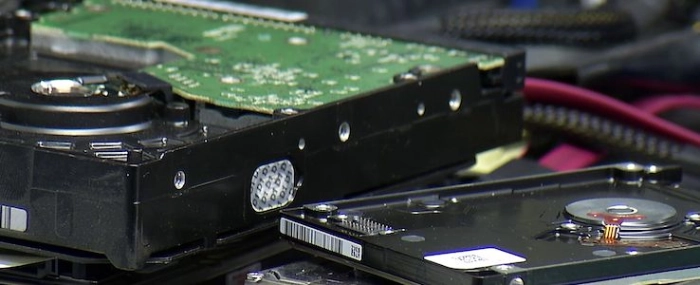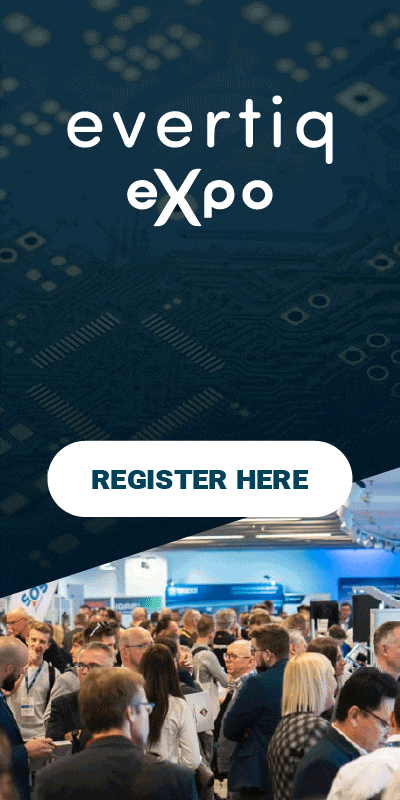
AI storage demand drives HDD replacement, nearline SSDs gain momentum
TrendForce’s latest investigations reveal that the surge in AI inference applications is creating a strong need for real-time data access and rapid processing of large data sets. As such, both HDD and SSD suppliers are expanding their high-capacity storage options.
Due to a notable supply shortage in the HDD market, NAND Flash vendors are fast-tracking their technological advancements and increasing production of ultra-high-capacity nearline SSDs, including 122TB and 245TB models, which helps mitigate previous concerns about long-term demand.
TrendForce indicates that the HDD industry is going through a challenging shift to next-generation heat-assisted magnetic recording (HAMR). The substantial initial investment in new production lines has limited capacity growth, leading suppliers to transfer these costs to customers. As a result, the average price per GB has increased from USD 0.012–0.013 to USD 0.015–0.016, diminishing HDD’s main cost advantage.
In contrast, NAND Flash continues to advance through 3D stacking technology, enabling faster capacity growth than HDD. As layer counts surpass 200 and bit density per wafer rises, 2Tb QLC chips are projected to reach mass production by 2026, significantly contributing to lower costs for nearline SSDs.
AI inference workloads involve frequent random reads of small files and quick access to model parameters. In terms of performance, SSDs provide IOPS that are hundreds or even thousands of times greater than HDDs, with latency measured in microseconds versus the millisecond delays of HDDs. Additionally, SSDs are more power-efficient per terabyte since they lack spinning motors. Over time, large data centers can save significantly on electricity, cooling, and rack space, outweighing the higher upfront cost of SSDs.
TrendForce highlights that while HDD costs might decrease once HAMR production scales up, NAND Flash has a clear structural edge in both cost decline pace and manufacturing adaptability. For NAND producers seeking growth beyond smartphones and PCs, the debut of the nearline SSD market is a much-anticipated breakthrough and a key chance to challenge HDD dominance.
Consequently, manufacturers are shifting their investments toward higher-density, higher-capacity QLC products, aiming not only to address current demand but also to secure a long-term stake in data center storage markets over the coming decade.
For more information visit TrendForce.

